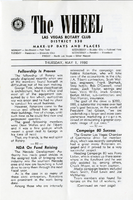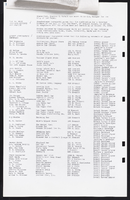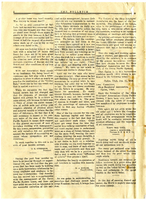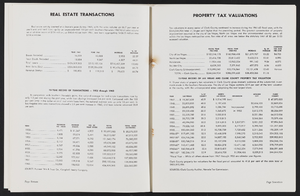Search the Special Collections and Archives Portal
Search Results

The Wheel Las Vegas Rotary Club newsletter, May 1, 1980
Date
1980-05-01
Archival Collection
Description
Newsletter issued by the Las Vegas Rotary Club
Text
Straus, Joyce, 1935-2013
Bio taken from the "about" section of the Joyce Straus - Foundation for the Arts website:
"Joyce Elise Straus, (nee Lazowick), was born Oct. 1, 1935, in Philadelphia, to her parents Jacob and Frances. Joyce came to Las Vegas in 1961 with her husband of 56 years, the late Dr. Neil B. Straus, to raise their family.
Person
Pagination
Refine my results
Content Type
Creator or Contributor
Subject
Archival Collection
Digital Project
Resource Type
Year
Material Type
Place
Language
Records Classification








